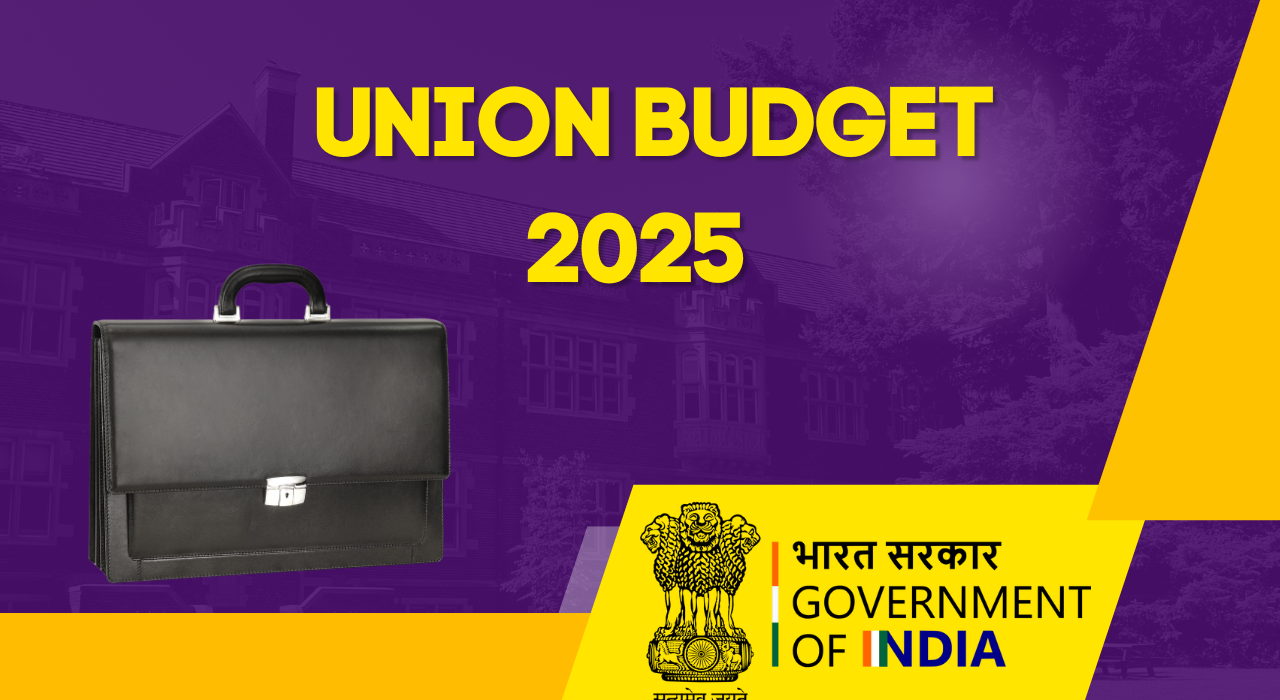The Union Budget 2025, a cornerstone event in India’s economic calendar, is fast approaching. It carries immense significance for the country’s financial planning, business community, and the common citizen alike. Here’s a comprehensive overview of the latest updates and insights on the Union Budget 2025.
Table of Contents
Who Will Present the Union Budget 2025?

Finance Minister Nirm…
The Union Budget 2025, a cornerstone event in India’s economic calendar, is fast approaching. It carries immense significance for the country’s financial planning, business community, and the common citizen alike. Here’s a comprehensive overview of the latest updates and insights on the Union Budget 2025.
Who Will Present the Union Budget 2025?
Finance Minister Nirmala Sitharaman is slated to present the Union Budget 2025. Known for her comprehensive and data-driven approach, Sitharaman has been steering India’s fiscal policies since 2019. Her speech will outline the government’s economic roadmap and provide insights into its priorities for the financial year.
Why Was the Union Budget Date Moved to February 1?
Traditionally presented on the last day of February, the Union Budget date was shifted to February 1 in 2017. This change aimed to provide ample time for the legislature to scrutinize and implement the financial proposals before the start of the fiscal year on April 1. It also ensures smoother allocation and utilization of funds for various government projects and schemes.
Union Budget 2025 Date and Time
The Union Budget 2025 will be presented on February 1, 2025, at 11:00 AM in Parliament. Finance Minister Nirmala Sitharaman’s address is expected to last around two hours, detailing the government’s economic policies, tax proposals, and fiscal deficit targets.
Latest Updates on the Union Budget 2025
CII’s 10-Point Suggestion for Ease of Doing Business: The Confederation of Indian Industry (CII) has recommended key measures to enhance ease of doing business in India. These include rationalizing tax structures, streamlining approval processes, and introducing digitization in regulatory frameworks.
Focus on Controlling Government Debt: A Goldman Sachs report predicts that the Union Budget 2025 may prioritize controlling government debt levels while maintaining fiscal prudence. Measures to boost revenue and optimize expenditure are likely to be announced.
Minimum EPS Pension Hike to ₹7,500: Reports suggest the government may consider increasing the minimum pension under the Employees’ Pension Scheme (EPS) to ₹7,500, benefiting millions of retirees.
Simplification of Income Tax Filing: The government is expected to simplify income tax filing rules in the upcoming budget. Potential measures include pre-filled forms, expanded use of technology, and reducing complexities in tax compliance.
Stakeholder Consultations Concluded: Finance Minister Sitharaman has concluded a month-long consultation with stakeholders, including industrialists, economists, and social sector representatives. These discussions will play a pivotal role in shaping budgetary policies.
Top 10 Income Tax Changes from 2024 to Look Out for in 2025
Revision in tax slabs.
Enhanced rebates and exemptions.
Increased standard deduction limits.
Simplification of the old tax regime.
Incentives for start-ups and MSMEs.
Special deductions for women and senior citizens.
Increased focus on digital transactions.
Tax benefits for green energy adoption.
Rationalization of GST structures.
Incentives for higher education and skill development.
Key Budget Terms to Know Before Nirmala Sitharaman’s Speech
Fiscal Deficit: The gap between the government’s total revenue and total expenditure.
Capital Expenditure: Spending on infrastructure, equipment, and other long-term investments.
Revenue Expenditure: Day-to-day operational expenses of the government.
GDP: Gross Domestic Product, the total value of goods and services produced.
Tax-to-GDP Ratio: A measure of tax revenue as a percentage of GDP.
Direct Taxes: Taxes paid directly to the government, like income tax.
Indirect Taxes: Taxes on goods and services, like GST.
Disinvestment: Selling government stakes in public sector enterprises.
Subsidies: Financial assistance provided by the government.
Inflation: The rate at which prices of goods and services increase.
Amortization: Gradual repayment of a loan over time.
Demonetization: Withdrawal of a currency from circulation.
Stagflation: Economic stagnation coupled with inflation.
Monetary Policy: RBI’s policies to control money supply and interest rates.
Deflation: A decrease in the general price levels of goods and services.
Customs Duty: Tax on imports and exports.
Fiscal Consolidation: Measures to reduce the fiscal deficit.
Excise Duty: Tax on the manufacture of goods within the country.
Primary Deficit: Fiscal deficit minus interest payments.
Current Account Deficit: Difference between the country’s imports and exports.
Economic Survey: An annual report on the country’s economic performance.
Budget Estimate: The government’s projected revenue and expenditure for the year.
Revised Estimate: Updated projections based on the year’s progress.
Consolidated Fund of India: The government’s primary fund.
Contingency Fund: A fund for emergencies and unforeseen expenses.
The Union Budget 2025 is set to have far-reaching implications for India’s economy, with a likely focus on fiscal discipline, tax reforms, and welfare measures. Stay tuned for further updates and insights.
